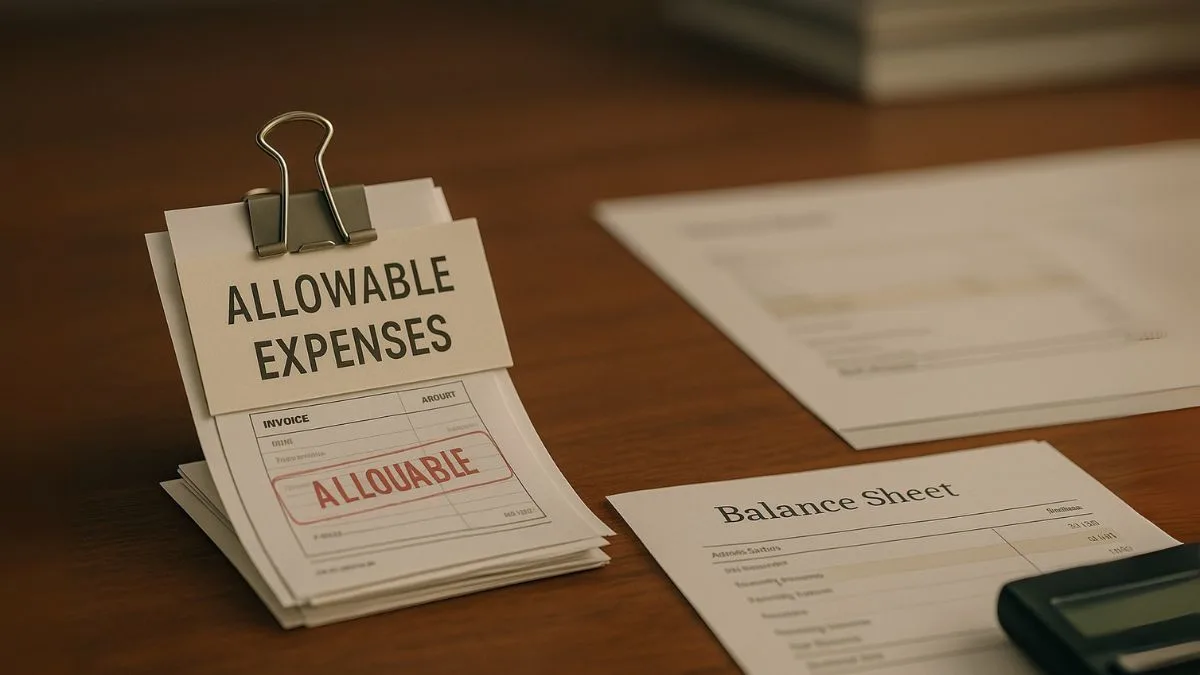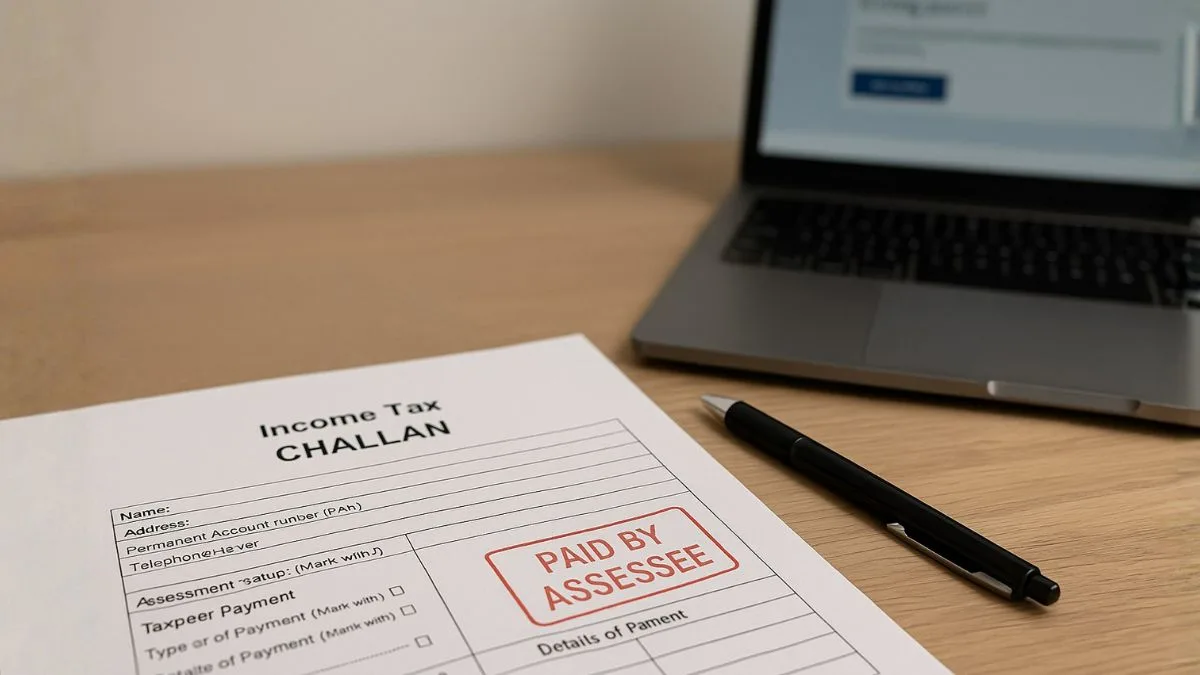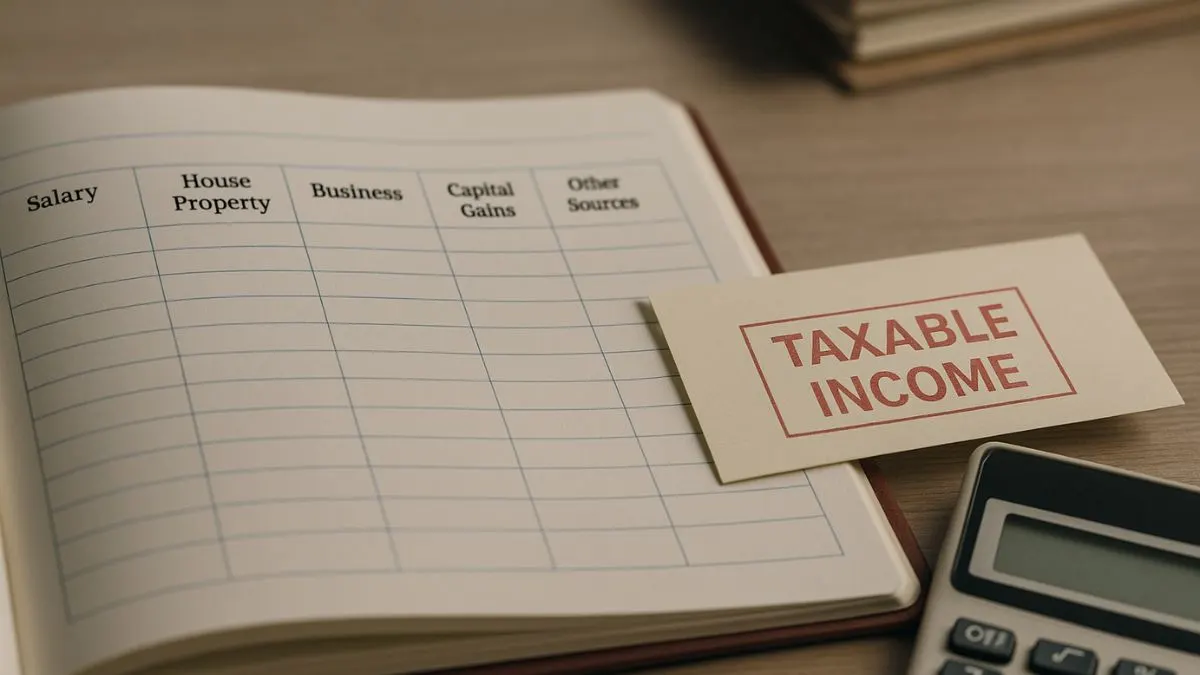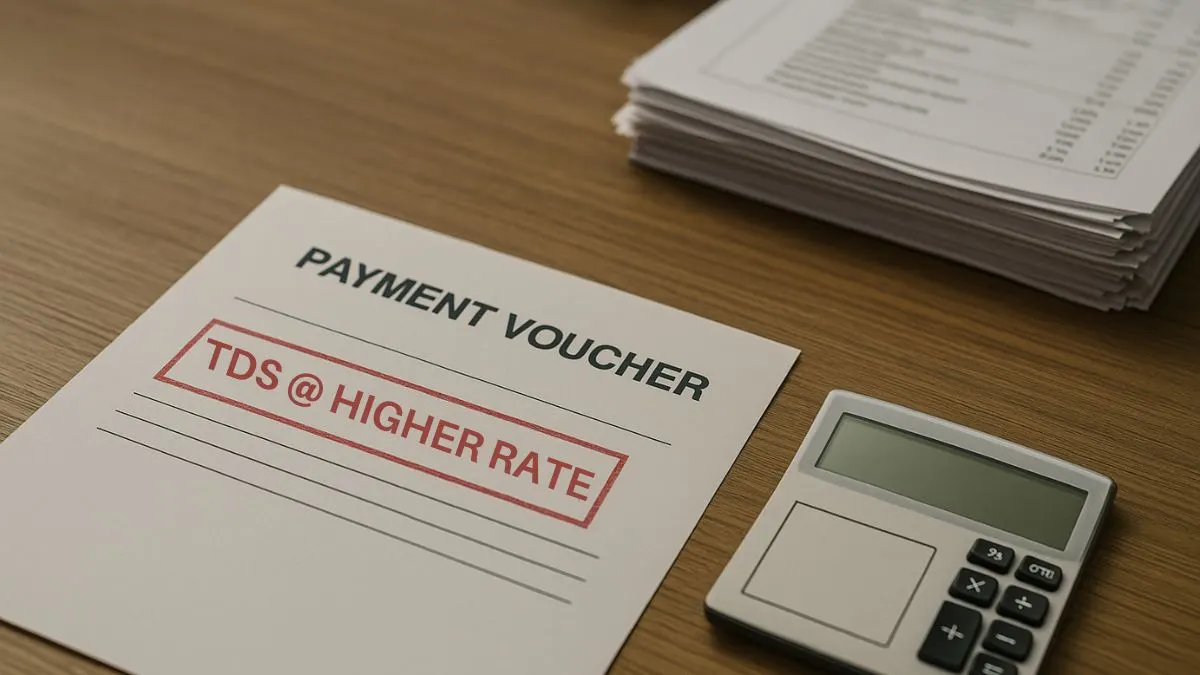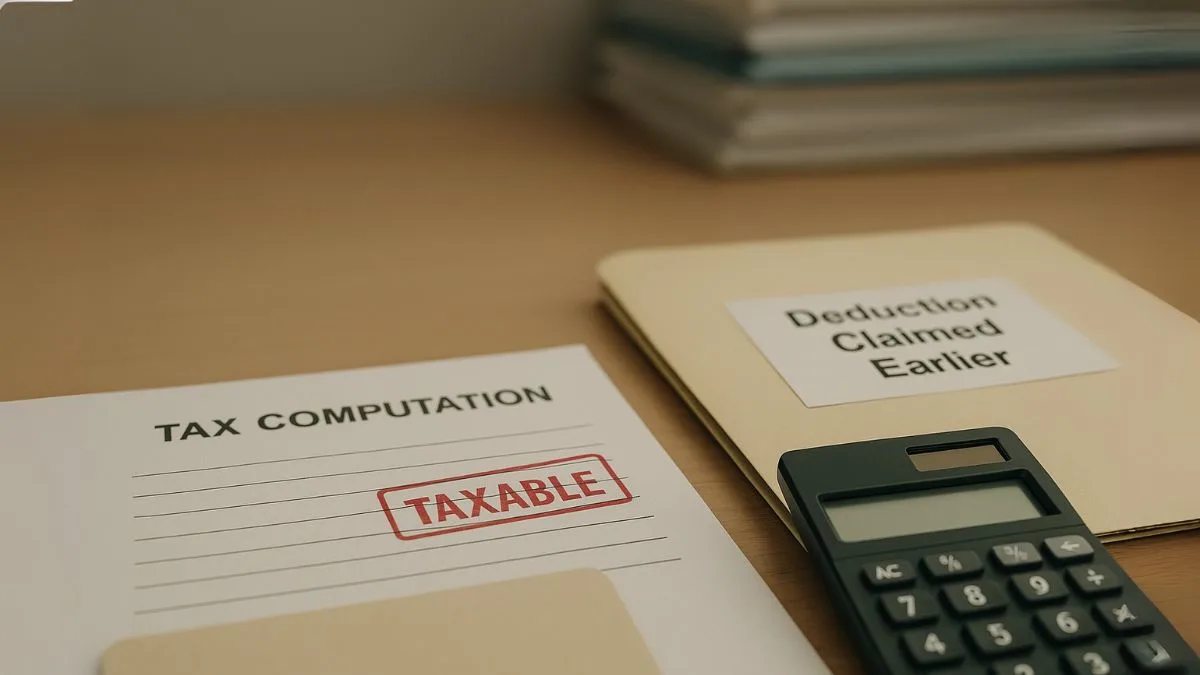
When it comes to taxation, the term “salary” is more than just your monthly bank credit.
Your salary structure has multiple components—some taxable, some partially exempt. And under Indian income tax laws, it's Section 17(1) of the Income Tax Act that defines what exactly falls under the umbrella of "salary."
Understanding this section is crucial not only for filing accurate ITRs but also for negotiating your compensation and saving taxes legally. Let’s break down everything you need to know about salary components as per Section 17(1).
✅ What Is Section 17(1) of the Income Tax Act?
Section 17(1) provides an inclusive definition of salary. It lists all the components that are considered taxable as salary income under the head “Income from Salary.”
Whether you're a salaried employee, a government servant, or receiving pension—if your income is considered salary for tax purposes, Section 17(1) applies to you.
It includes:
- Basic pay
- Allowances
- Perquisites
- Bonuses
- Retirement benefits
- Any other profits received from employment
📋 Components Included Under Section 17(1)
Here are the key salary components as defined under Section 17(1):
- Basic Salary / Wages
- The fixed component is paid every month
- Fully taxable
-
Advance Salary
- Salary paid before it is due
- Taxable in the year of receipt
-
Arrears of Salary
- Salary due from a previous year but received now
- Taxable when received (can claim Section 89 relief)
-
Fees, Commission, Bonus
- Includes incentives, performance pay, or any sales-based commission
- Fully taxable
-
Allowances
Any fixed amount paid for specific purposes, such as:
- House Rent Allowance (HRA) – Exempt up to certain limits
- Dearness Allowance (DA) – Fully taxable
- Travel, Uniform, Helper, Children Education Allowance – Partially or fully exempt under Section 10(14)
- Leave Travel Allowance (LTA) – Exempt only on actual travel for eligible trips
-
Perquisites (Perks)
Benefits in kind or reimbursements provided by the employer, such as:
- Rent-free accommodation
- Company car
- ESOPs or stock options
- Free club memberships
- Personal use of company assets
- Taxable as per valuation rules under Section 17(2)
-
Retirement Benefits
- Gratuity – Tax-exempt up to ₹20 lakh (for non-government employees under certain conditions)
- Pension – Uncommuted pension is taxable; commuted pension may be partly exempt
- Leave encashment – Exempt up to ₹3 lakh (non-govt) under Section 10(10AA)
- Provident Fund – Employer’s contribution and interest may be partly exempt or taxable
-
Profits instead of Salary
Covered under Section 17(3), includes:
- Compensation received before/after employment
- Amounts received from key-man insurance policies
- Voluntary retirement compensation (taxable if over limits under Section 10(10C))
🧾 Example of a Salary Breakdown (for Tax)
|
Component |
Amount (₹) |
Taxability Status |
|
Basic Salary |
6,00,000 |
Fully taxable |
|
HRA |
2,40,000 |
Partially exempt u/s 10(13A) |
|
LTA |
50,000 |
Exempt on actual travel |
|
Bonus |
1,00,000 |
Fully taxable |
|
Employer’s PF Contribution |
72,000 |
Exempt up to 12% of basic |
|
Gratuity |
1,00,000 |
Exempt up to ₹20 lakh (if eligible) |
🧠 People Also Ask
❓ Is pension taxable under Section 17(1)?
Yes. Uncommuted pension is fully taxable as salary income. Commuted pension may be partially exempt under Section 10(10A).
❓ Is perquisite valuation the same for all employees?
No. Valuation of perquisites depends on the type of benefit and whether the employee is a director, specified employee, or regular staff.
❓ Can allowances be completely tax-free?
Some allowances like uniform, conveyance, or academic allowance can be fully exempt under Section 10(14)(i)—but only if used for official duties.
❓ What is the difference between gross salary and taxable salary?
- Gross salary = All components before deductions
- Taxable salary = Gross salary minus exempt components (HRA, LTA, etc.) and standard deduction (₹50,000)
⚠️ Common Mistakes to Avoid
- Ignoring exempt allowances and overpaying tax
- Not reporting perquisites received from an employer
- Missing Form 16 breakup while filing ITR
- Misunderstanding retirement payouts as fully tax-free
- Not using Section 89 relief for arrears or advance salary
🎯 Final Thoughts from a CA’s Desk
“Your salary is more than just your CTC—understanding its taxability can help you save significantly.”
Whether you’re salaried, recently retired, or starting a new job, it’s important to understand what goes into your salary and how each part is taxed. With proper planning, you can restructure your pay components, claim exemptions, and reduce your tax burden legally.
📞 Need Help Understanding Your Salary Tax or Filing ITR?
At CallmyCA, we help:
- Analyse your Form 16 and salary structure
- Calculate taxable vs. exempt components
- Apply relevant exemptions and deductions
- File ITRs accurately and avoid tax notices
👉 Click here to book your salary structuring and ITR filing support via CallmyCA




